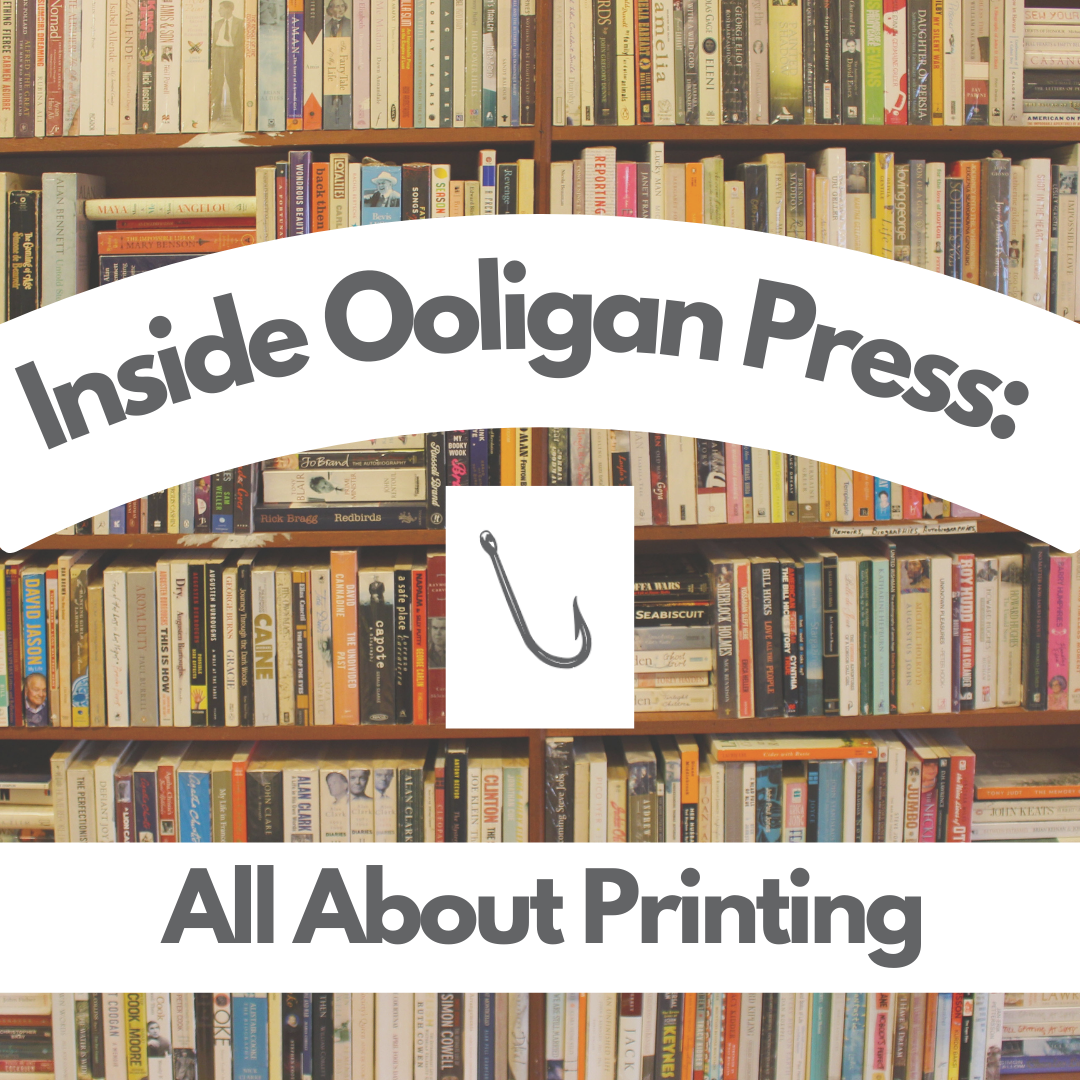If you’ve ever picked up a book from your local library, bookstore, or online retailer and thought to yourself, “how was this printed,” “why is the cover bound like this,” or “what are these fancy ripped edges called?” buckle up, because this post is for you. Book printing is one of the last parts of a book’s journey before it gets shipped out to your local bookstore, and there are different types of printing used throughout the industry.
Offset Printing
Offset printing is typically used for large scale commercial print runs by larger publishers, like Penguin Random House, HarperCollins, and Pan Macmillan, since this type of printing can be costly for smaller print runs. This is because this type of printing uses metal plates specifically created for each page. Rubber is melted onto each plate to form the interior of the book. Depending on the dimension of the pages, the plates can have anywhere from eight to thirty-two pages per plate, which means that there are often dozens of plates per book. After the plates are made, paper, often in reels, is loaded into the printer and the plates are used to transfer ink to the paper. Then the pages are sectioned, bundled, trimmed to size, and readied to be bound with the cover. The cover is printed on a separate type of paper and uses a different process than the interior because it may require specialty printing like embossing, foil, or other detailing. Once each component is complete, the whole is assembled and glued together.
Digital Printing
Digital printing is very similar to your at-home printer only on a larger, much higher quality scale. This type of printing is often used by smaller or indie publishers as it is more cost effective for smaller print runs. Once the digital file is received by the printer, they set to work trimming paper, in stacks rather than reels, to fit the printer. The pages are loaded into the machine and sent through the printer. Instead of printing with ink, digital printing uses toner and completes one book interior in order, where offset is completed in sets of pages called signatures then compiled in the right order post printing. Once again, the cover jacket is printed using a different machine and then the interior and cover are joined together using glue.
You can watch a quick video about PNW-local printer Gorham Printing’s process here: How Are Books Made?
Embossing & Debossing
Covers are their own unique print process for both offset and digital printing. Often they contain details that are not in the interior like embossing or debossing. Embossing is when the cover is pressed between two plates to create a raised design in the paper. Debossing is the exact opposite where the design is indented rather than raised. Usually debossing is combined with details like foils or metallic ink, but not always.
Deckled Edges
Those books with the ripped pages are created intentionally in modern publishing, but actually used to be considered a defect of the papermaking process. They are called deckled edges or simply rough cut pages. These edges give some books a more antique look and are simply a design choice.
Gilded Edges
Another fancy way to spice up a book’s pages are gilded edges. Foil or metallic ink is painted onto the edges of a bound book to create a more refined edge. This is often used in special editions. A really common example is the gold or silver edges found on bibles.
There are many more terms, techniques, and processes that can be found in book printing. But the basics have been covered above. The size of the print run, the details on the cover, and the overall appearance of the book depends on the ever evolving printing process.


zidane
nice good
zidane
nice good